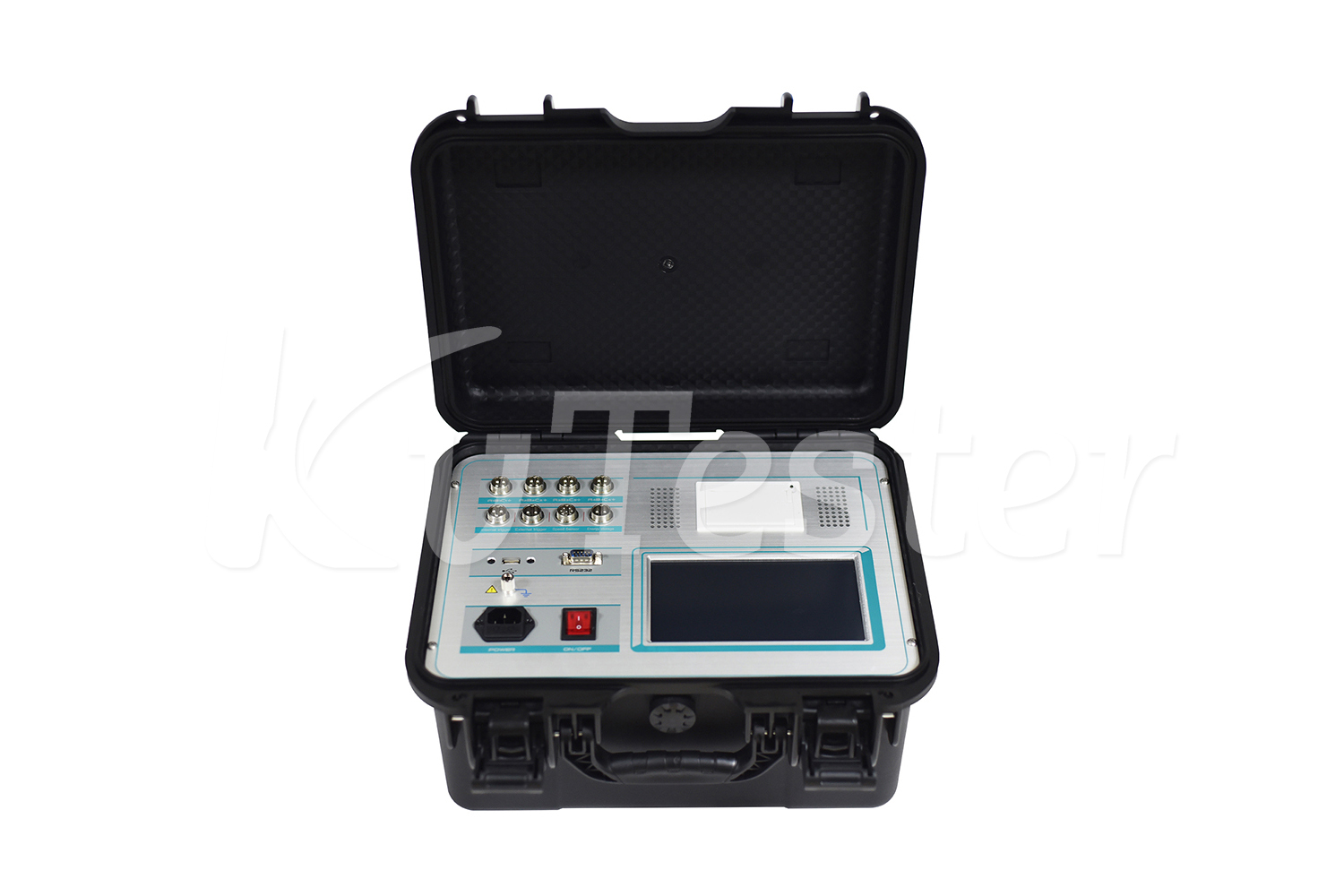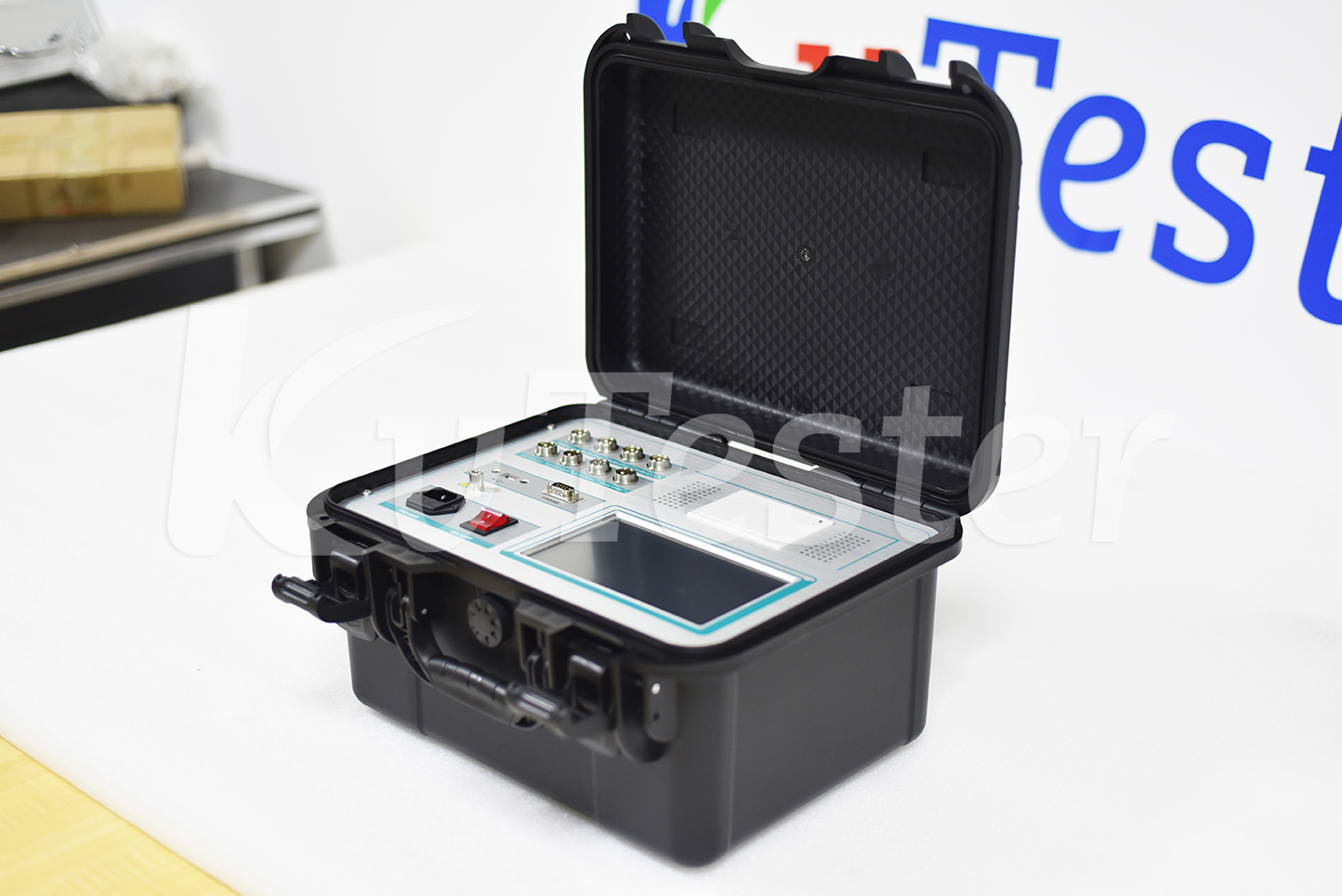Circuit breaker refers to the switching device that can close, carry and break current under normal circuit conditions and close, carry and break current under abnormal circuit conditions within a specified time. Generally, those above 3KV are called high-voltage switches (or circuit breakers).Contact resistance refers to the resistance formed on the contact surface of the joint when two conductors are connected.
Common causes of contact resistance are:
1. There is a layer of oxide film or dirt on the surface of the conductor (its resistivity is large);
2. The contact area between conductors is small, and sometimes the contact surface is a small point;
3. There is a small gap between the contact surfaces of conductors with a microscope.

The smaller the contact resistance of the circuit breaker, the better. Generally, it is required to be less than 10 ~ 20m Ω, and some circuit breakers are required to be 100 ~ 500 Ω μ Ω or less.
Due to the absorbed current between the switch contact conductors of the circuit breaker (because the contact area between the two is reduced), metal surface facial mask (including dust film, oxide film, inorganic film, organic film, etc.) and electrochemical corrosion, the local resistance of the contact part is too large. Of course, poor contact is also one of the important reasons. If the line current is large, when the contact resistance is too large, a large amount of heat will be generated, which is enough to make the metal change color or even melt.
The contact resistance of circuit breaker is mainly affected by contact material, positive voltage, surface state, working voltage and current.
1) Contact material
Matching contacts of the same specification made of different materials will have different contact resistance. For example, the contact resistance of the mating contact with a diameter of 1mm, copper alloy ≤ 5m Ω, ferroalloy ≤ 15m Ω.
2) Touch finger positive pressure
The contact positive pressure of circuit breaker refers to the force generated by the contact surface and perpendicular to the contact surface. With the increase of positive pressure, the number and area of contact micro points also increase gradually, and the contact micro points transition from elastic deformation to plastic deformation. As the concentrated resistance decreases gradually, the contact resistance decreases. The positive contact pressure mainly depends on the contact geometry and material properties.
3) Surface condition
a. The contact surface of the circuit breaker is a relatively loose film formed by mechanical adhesion and deposition of dust, oil, etc. on the contact surface. Because the granular material is easy to be embedded in the small pits on the contact surface, the contact area is reduced and the contact resistance is increased, which is extremely unstable.
b. The fouling film formed by physical adsorption and chemical adsorption is mainly the chemical adsorption on the metal surface, which is produced with electron migration after physical adsorption.
4) Service voltage
When the working voltage reaches a certain threshold, the film of the contact sheet will be broken down, and the contact resistance of the circuit breaker contact will drop rapidly. However, the thermal effect accelerates the chemical reaction near the film and has a certain repair effect on the film. Therefore, the resistance value is nonlinear. Near the threshold voltage, the small fluctuation of voltage drop will lead to the current change, which may be 20 or dozens of times. If the contact resistance changes greatly without understanding this nonlinear change, errors may occur when testing and using the circuit breaker.
5) Current
When the current exceeds a certain value, the Joule heat generated by energizing a small point on the contact interface will soften or melt the metal, thus affecting the concentrated resistance and reducing the contact resistance.

There are three methods to deal with the overheating of circuit breaker switch:
① When the switch contact of the circuit breaker is overheated, clean the dirt on the moving and static contacts according to the technical specifications At the same time, wipe the metal part of the contact to a bright state, and apply conductive paste according to the specifications.
② The contact surface is oxidized. During maintenance, the metal contact parts shall be treated to keep the contact surface flat and bright; Apply an appropriate amount of power grease, and then measure the contact resistance of the disconnector.
③ In case of poor contact between the moving and static contacts of the circuit breaker, the bolts shall be pressed during installation and maintenance, and the contact part shall be coated with electrical grease to improve its conductivity and prevent corrosion or oxidation of the contact part.






